Cycling during pregnancy
Cycling during pregnancy can be hugely beneficial, a lot of fun, and (crucially) safe.
Whether you’re already a seasoned cyclist, or you’re thinking of getting started, going for a bike ride or hopping on a stationary bike can be a great way to keep you fit and active throughout your pregnancy.
At Cycle Sprog, we understand this from first-hand experience. Saskia Heijltjes, our Content Editor, cycled regularly during both of her pregnancies, including cycling to work and even to a hospital appointment at 41 weeks pregnant!
For Saskia, who is originally from the Netherlands where cycling during pregnancy is common, the key was listening to her body and making small adjustments, like switching to maternity sports leggings and borrowing an e-bike in her later trimesters.
One of the main things mums-to-be want to know is whether or not it’s safe, and it’s entirely dependent on you as an individual.
Advice will differ for those already confidently cycling, to those new to the activity. Plus your body will tell you everything you need to know, if you listen to it.
So here’s everything you need to know about cycling during pregnancy, and whether it’s right for you.
We’ll cover the advice issued by the UK’s Chief Medical Officers, and answer lots of common questions about the safety and practicality of cycling during pregnancy.
Plus, once you’ve welcomed your little one into the world, be sure to come back for our guides on cycling with babies and toddlers and cycling while breastfeeding.

Contents
We've got lots of advice, so feel free to use the links below to jump to the most relevant part of the article if you don't have time to read it all.
- Cycling during pregnancy: the benefits
- Cycling during pregnancy: the risks
- Is it safe to cycle during pregnancy?
- How much cycling is safe during pregnancy?
- What type of bike should I cycle during pregnancy?
- Mountain biking during pregnancy
- I’m a beginner: is it safe to start cycling during pregnancy?
- What should I wear for cycling during pregnancy?
- Can I cycle during all three trimesters?
- When should I stop cycling during pregnancy?
Cycling during pregnancy: the benefits
There are many benefits to cycling during pregnancy, just as there are with cycling in general. Exercise is great for your physical and mental wellbeing, when done correctly and within your individual capabilities. Here are some of the many benefits of cycling while pregnant:
- Reduced risk of obesity and hypertensive disorders, including gestational diabetes and preeclampsia, along with improved cardiorespiratory fitness.
- Improved sleep and positive effect on depression, whether pregnancy-related or not.
- There’s no evidence of additional risk of preterm birth, small or large baby size, or other complications for the newborn baby such as a decrease in the Apgar score, when cycling during pregnancy.
Cycling during pregnancy: the risks
While there are plenty of benefits to cycling during pregnancy, and generally it’s deemed to be safe, there are risk factors to consider as well, and everyone should use their own judgement. These are some of the risks associated with cycling during pregnancy:
- If you fall and injure yourself while cycling, there’s the potential risk of harming yourself and your baby. In the later stages of pregnancy your centre of gravity will shift, which can affect your balance.
- It’s harder to regulate your temperature during pregnancy, so there’s more risk of overheating and becoming dehydrated on the bike. Staying hydrated is crucial.
- You might be more susceptible to joint strain or injury, as the pregnancy hormone relaxin can loosen your ligaments.
So, is it safe to cycle during pregnancy?
Yes, cycling during pregnancy can absolutely be safe, but there are other things to consider that are included in the guidance issued by the Chief Medical Officers. Here’s what their advice says:
Listen to your body and adapt your exercise
The advice is that you should adapt, not stop, your exercise during pregnancy, and consider the types of activity you are able to continue doing. As a general rule, if it feels pleasant, keep going. If it’s uncomfortable, stop and seek advice.
You should stop and seek medical advice if you experience any of the following warning signs during physical activity:
- Breathlessness before or after minimal exertion
- Headaches
- Dizziness
- Chest pain
- Muscle weakness affecting balance
- Calf pain or swelling
You should also reduce or stop if you experience any pregnancy complications like vaginal bleeding, regular painful contractions or leaking amniotic fluid.
Don’t bump the bump
This means that if you’re pregnant, it’s advised not to do activities where there is an increased risk of injury through physical contact (e.g. contact sports and any physical activity with a high risk of falls/trauma).
If you're doing a type of cycling with a higher risk of falls (such as racing, mountain biking or gravel riding) we recommend you adapt where and how you ride for this reason.
Seek advice if you have any form of obstetric or medical complications
All the advice given is for an uncomplicated pregnancy. It’s important to remember that many pregnant people who have obstetric or medical complications can perform moderate intensity physical activity, however recommendations are dependent on each individual and additional monitoring and specialist support may be required.
Don't over do it
The maximum recommended time you should be "vigorously" exercising during pregnancy is 1 hour, but remember to listen to your body and only do as much as you're capable of on any one day. This may be different to what you could do yesterday or last week.
Keep cool, comfortable & hydrated
Staying hydrated, wearing loose clothing and avoiding excessive exposure to heat is important throughout pregnancy. The upper recommended limit of 1 hour of vigorous exercise is because pregnant people are not able to regulate their body temperature as effectively as before pregnancy.
Postural balance
Postural balance can be affected during pregnancy. Therefore, pregnant people are at higher risk of falls. Balance exercises may help to improve this.
For a more personal account, check out Dawn Rahman's story on cycling through pregnancy.
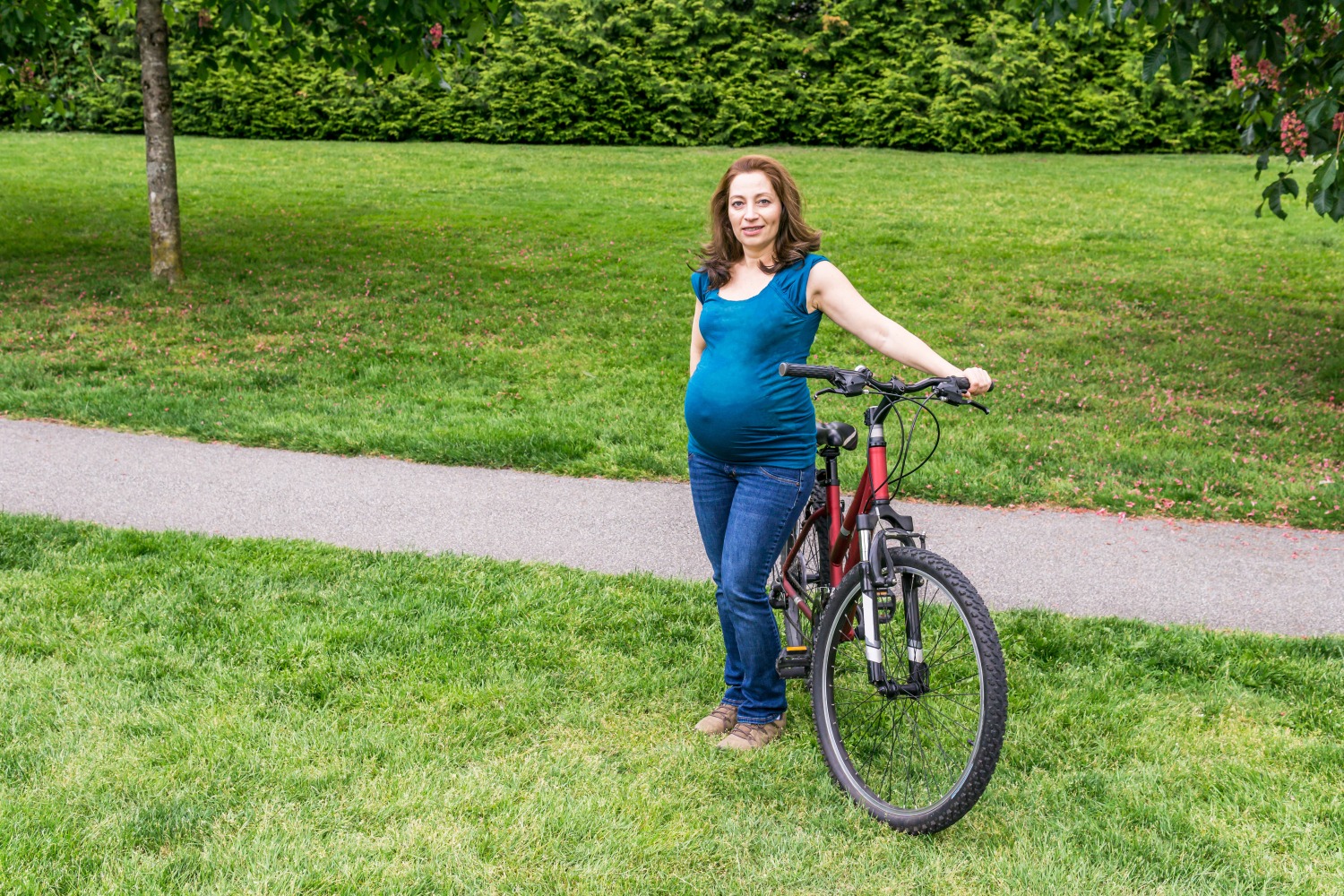
How much cycling is safe during pregnancy?
The UK Medical Officers have released guidance about exercising and cycling during pregnancy, which is really useful and spells out how cycling can remain a safe activity throughout the 9 months. However, it can be a big step from knowing that something is safe, to actually doing it.
The guidance is to aim for 150 minutes of exercise a week, at a level that makes you breathe faster. This is the same amount as for non-pregnant adults, so in effect is saying “don’t stop just because you’re pregnant”.
This may be done in bouts of 10 minutes or over, and can include exercise as part of daily life (such as cycling to work) rather than formal exercise classes.
For those who are extremely active and perform very vigorous activity, the recommendation is to be careful not to exercise for long durations (over 1 hour) during pregnancy, especially in hot and humid conditions.
What type of bike should I cycle during pregnancy?
While we’re not in the business of encouraging you to buy more bikes than you need, if you’re keen to cycle during pregnancy and only have an aggressive road bike, or if you’re new to the sport, then it’s worth considering the best type of bike for this type of cycling.
If you’re looking for a new bike to cycle through your pregnancy, consider the following:
- Hybrid bike: Literally a hybrid between road bikes and mountain bikes, these tend to put you in an upright position, have thicker tyres for soaking up the bumps in the road, and are often easy to kit out with useful accessories like mudguards, racks, bottle cages and kickstands. However, many of these have a horizontal top tube, which means you need to be able to get your leg over the frame when you mount, which might be tricky in the later stages of pregnancy.
- Step-through bike: Also known as a city bike, these have a very low frame that’s much easier to step over for mounting, so they’d be more practical for cycling through to term. They tend to put you in an even more upright ‘sit-and-beg’ position, which can be better for when your bump gets bigger.
- Electric bike: If you have the funds, it might be worth investing in an e-bike, as it can make it easier to continue cycling throughout your pregnancy and make it easier when you’re tired. You can find lots of hybrid and step-through e-bikes on the market.
- Cargo bike: If you already have another child that you carry or tow on your own bike, or plan to ride with your new baby, a family cargo bike will make life a lot easier. They're designed specifically for carrying kids and have a nice upright riding position.
We have a Masterclass all about cargo bikes in which Saskia guides you through all the options and gets you confident for your first cargo bike test ride.
Whether you already have a suitable bike, or are choosing to buy a new one, it's worth knowing that there are tweaks you can make to the way it fits, as you progress through your pregnancy.
You can put yourself in a more upright riding position by various means: swapping out the handlebars for a more swept-back type, flipping the stem to a less aggressive position and raise the bars, or swapping it out for a shorter model or riser stem.
Another thing you can do is lower the saddle, or even install a dropper seatpost, to make it easier to mount and dismount when you're heavily pregnant.
What about mountain biking during pregnancy?
Advice from the UK’s Chief Medical Officers published in 2017 was to avoid “off-road cycling” whilst pregnant, due to the risk of falls. This old guidance is still online if you're interested.
This advice has been superseded and the new guidelines say "don't bump the bump", which makes more sense.
Riding a mountain bike along a flat traffic-free cycle path that takes you safely away from a busy main road is probably going to be a lot less risky than tackling a black run at your local trail centre!
It's your pregnancy, your body, and you need to make the decision as to what's right for you and your baby.
Not mentioned in the advice, but worth thinking about, is how to get into contact with help if you were on a mountain bike trail and had a problem with your bike or your body.
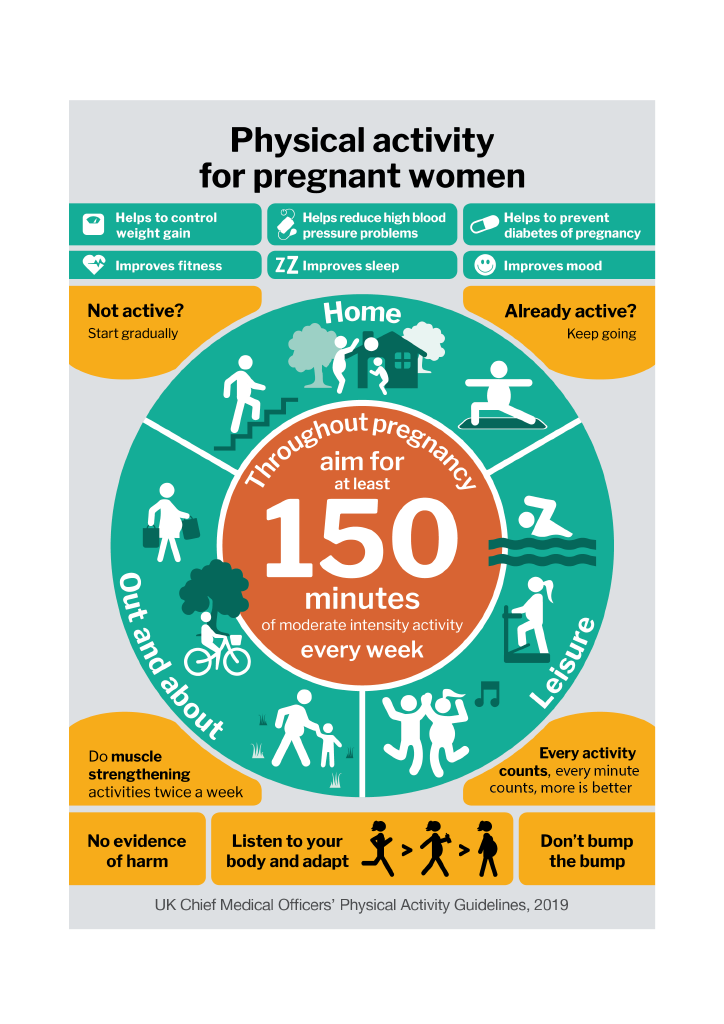
I’m a beginner: is it safe to start cycling during pregnancy?
For those who are inactive before becoming pregnant, the message is to start slowly and gradually increase the intensity of exercise up to the recommended 150 minutes per week.
If you’ve never ridden a bike before, then it would be sensible to seek out a local cycle coaching scheme rather than attempting to teach yourself, due to the risk of falls.
The full guidance on exercising during pregnancy can be found on the government website.
What should I wear for cycling during pregnancy?
Since cycling during pregnancy isn’t considered ‘the norm’ in the UK (compared to somewhere like the Netherlands, for example), finding good quality maternity cycling gear can be a struggle. That’s not to say that it’s impossible, though!
Before we get to maternity gear, see if you can make use of clothing you already have, because not everyone wants to (or is able to) fork out on brand new kit.
Here are the key things to consider when choosing what to wear for cycling during pregnancy:
- Breathable materials: Choose clothes made from lightweight, moisture-wicking fabrics to stay cool and dry. These can range from synthetic materials found in athletic clothing, to natural fabrics like cotton and bamboo.
- Loose fit: It seems obvious, but make sure there’s enough room to accommodate your growing bump. Big, baggy t-shirts can be great if you’re cycling in the summer, along with high-waisted flowy tops with enough space for comfortable movement.
- Supportive sports bra: You may or may not need to buy a new sports bra to use during your pregnancy, especially since you’ve probably experienced a bit of growth in that department! Opt for the most comfortable option for you, perhaps avoiding compressive support, and try out non-underwired bras to see if they give you the support you need.
- Layer up: Dress in layers to easily adjust to changing temperatures.
- Proper footwear: Wear well-fitted cycling shoes or trainers to provide good support and grip.
- Specialist maternity cycling gear: Consider maternity cycling shorts or leggings with a supportive waistband. Some brands that offer maternity cycling gear include Kaden Apparel and Jelenew.

Can I cycle during all three trimesters?
While it’s certainly possible to cycling during all trimesters (our own Saskia rode up until the day before she gave birth at 41 weeks), not everyone does, and it all comes down to you as an individual. As we’ve been saying all along, the most important thing is to listen to your body.
If you want to cycle for as much of your pregnancy as possible, then there are some adjustments you can make to help you along:
- First trimester: You should be able to continue your regular cycling routine, but should be cautious of fatigue and morning sickness.
- Second trimester: You can make some adjustments to your bike to accommodate your growing belly and your changing centre of gravity, if needed. These might include lowering your seatpost height and raising your handlebars, or swapping out for some swept-back bars to help you sit in a more upright position.
- Third trimester: At this stage you may find it uncomfortable to ride a regular bike, or you may be fine. If the former, then you can always try pedalling on a stationary bike to keep your fitness up at this stage.
When should I stop cycling during pregnancy?
Since it’s possible for many people to cycle throughout their entire pregnancy, there’s no definitive end point. Always listen to your body.
You should stop cycling if:
- Your doctor advises: Always follow the advice of medical professionals.
- You feel uncomfortable: If you experience pain, discomfort, or feel unstable, it might be time to stop.
- Balance becomes an issue: As your belly grows, maintaining balance can become challenging, so pay attention to how you feel on the bike.
- Risk of falls increases: If you feel at a higher risk of falling, it’s best to switch to a stationary bike or other low-impact exercise.
Disclaimer: The information given in this post is done so in good faith. Please note that there may be other risks not known to us or not reasonably foreseeable at this time. Neither the author nor Cycle Sprog Ltd can accept any liability for any accident, injury or fatality arising as a result of cycling during pregnancy.
New online course: "Understanding Cycling Gear for Babies and Toddlers"
These early years are so precious - don't miss out on cycling with your little one!
Our new online course is a great way to quickly learn about all the different equipment available to cycle with babies and toddlers, plus the pros and cons of each, so you can decide what suits your family and get out riding ASAP.
Sign up now for our Understanding Cycling Gear for Babies and Toddlers course and start making memories this summer.
Cycle Sprog's most popular articles
Here at Cycle Sprog we help thousands of families each week find the information they need about kids bikes and cycling together as a family.
We've got hundreds of articles on the website, and we do hope you enjoy browsing them, but if you're in a hurry these are our most popular articles that will get you started.
Winter cycling adventures await!
The temperatures have dropped and the mornings are frosty, but that doesn’t mean family cycling has to go into hibernation. With cosy layers, dependable lights and a bit of forward planning, you can keep riding right through the winter months.
We’ve gathered our best tips and trusted gear recommendations to help you stay warm, dry and visible on every ride — from icy school runs and festive weekend outings to energetic laps at the local park. Winter cycling can be brilliant fun, and we’re here to help you make the most of it!
Our latest articles
Here at Cycle Sprog we're always publishing brilliant new articles, and here's a selection of our newest releases.
The best way to keep up to date with all the latest news, reviews, advice and routes is to sign up for our weekly newsletter.
-
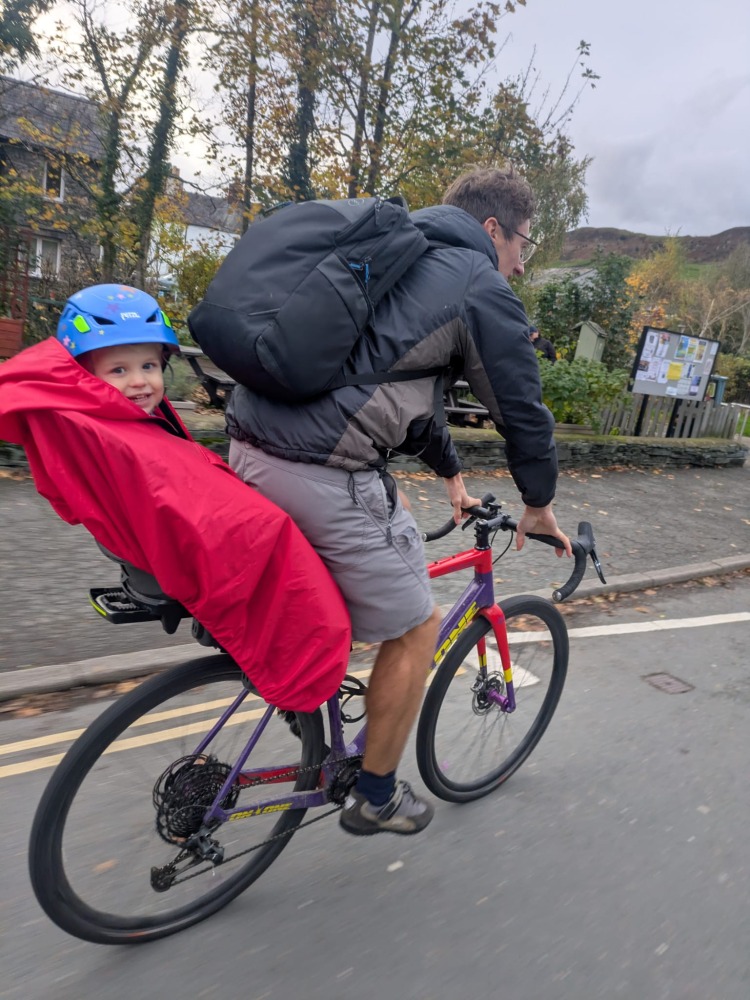 Hamax Bike Seat Rain Poncho Review
Hamax Bike Seat Rain Poncho Review
-
 SPARKY Kids helmet review: Smart safety made fun
SPARKY Kids helmet review: Smart safety made fun
-
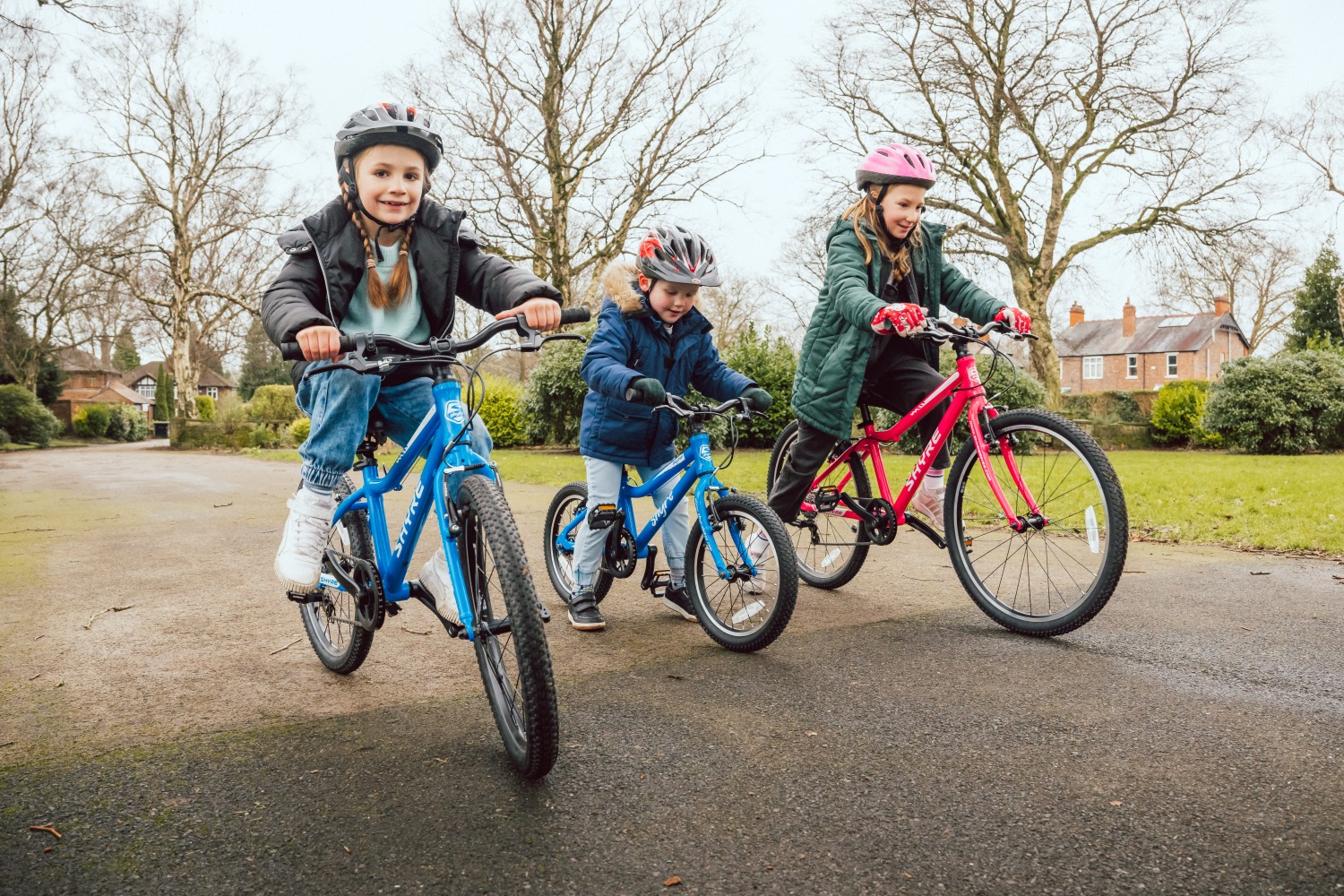 Shyre Bikes range overview: a new kids bike brand built for adventure
Shyre Bikes range overview: a new kids bike brand built for adventure
-
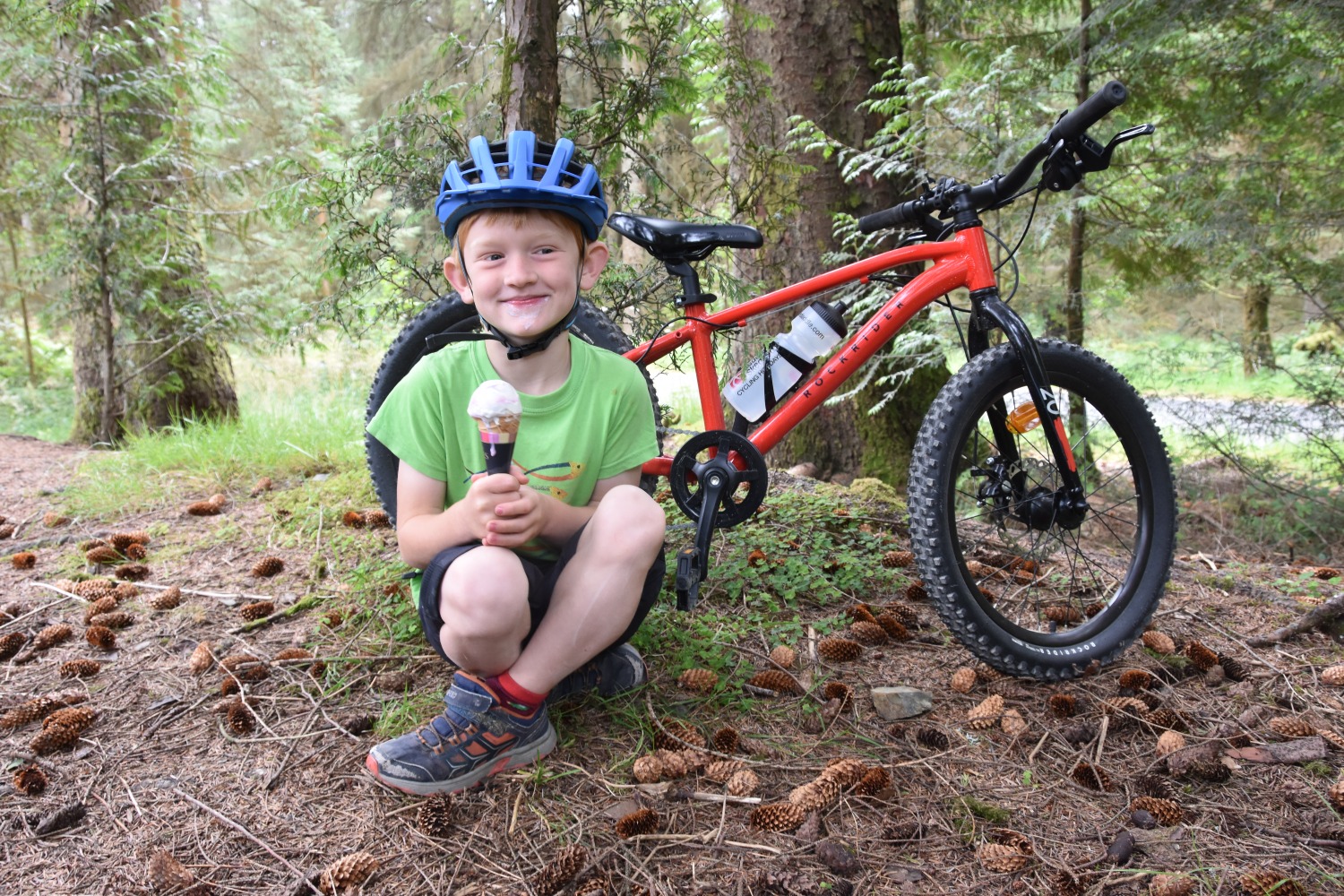 BTWIN 20” EXPL 900R review: Budget kids mountain bike
BTWIN 20” EXPL 900R review: Budget kids mountain bike
-
 Hornit Bikes brand overview: incredibly well-designed and lightweight kids bikes
Hornit Bikes brand overview: incredibly well-designed and lightweight kids bikes
-
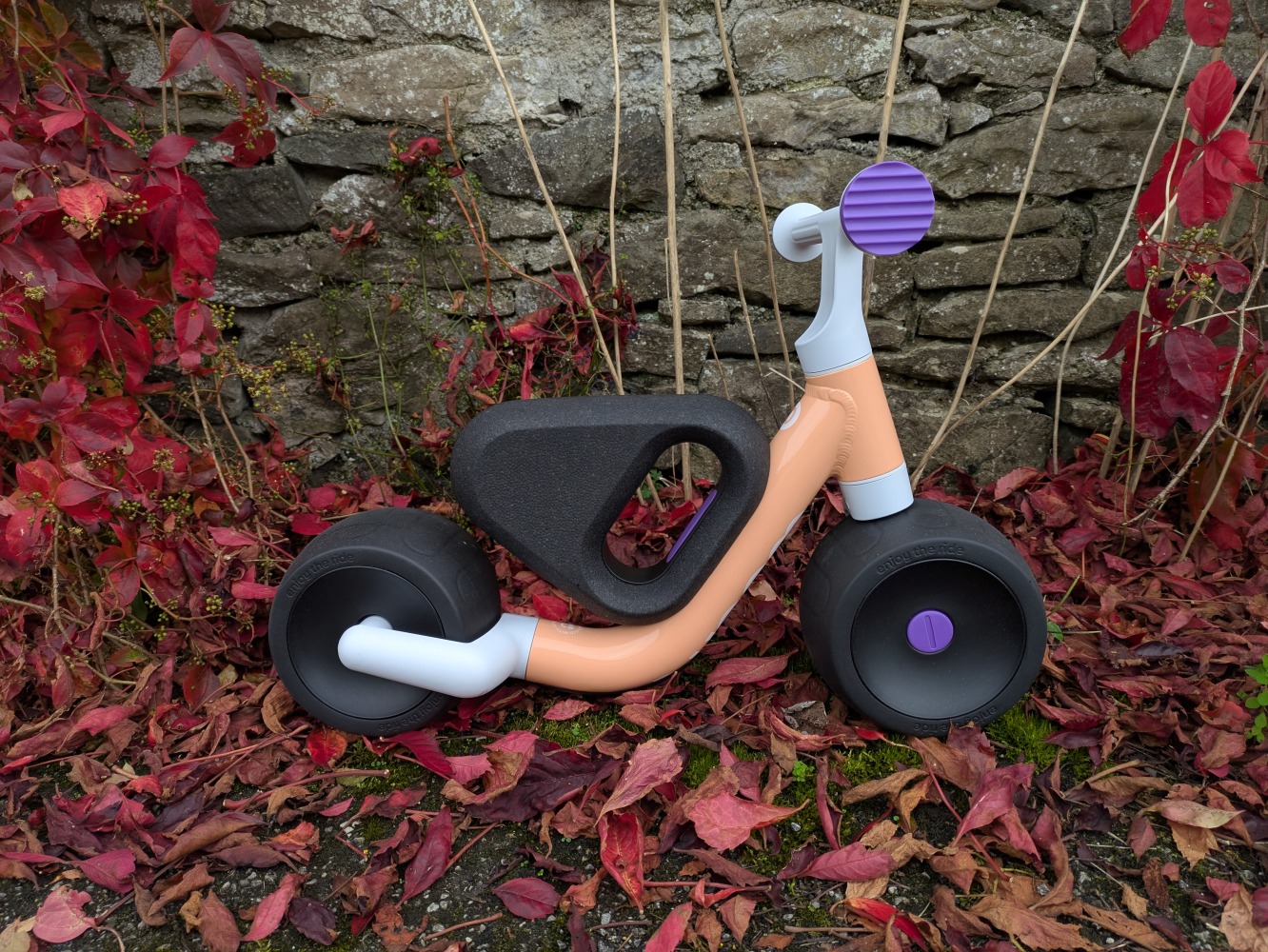 woom WOW first impressions review: the perfect introduction to cycling for your baby!
woom WOW first impressions review: the perfect introduction to cycling for your baby!
-
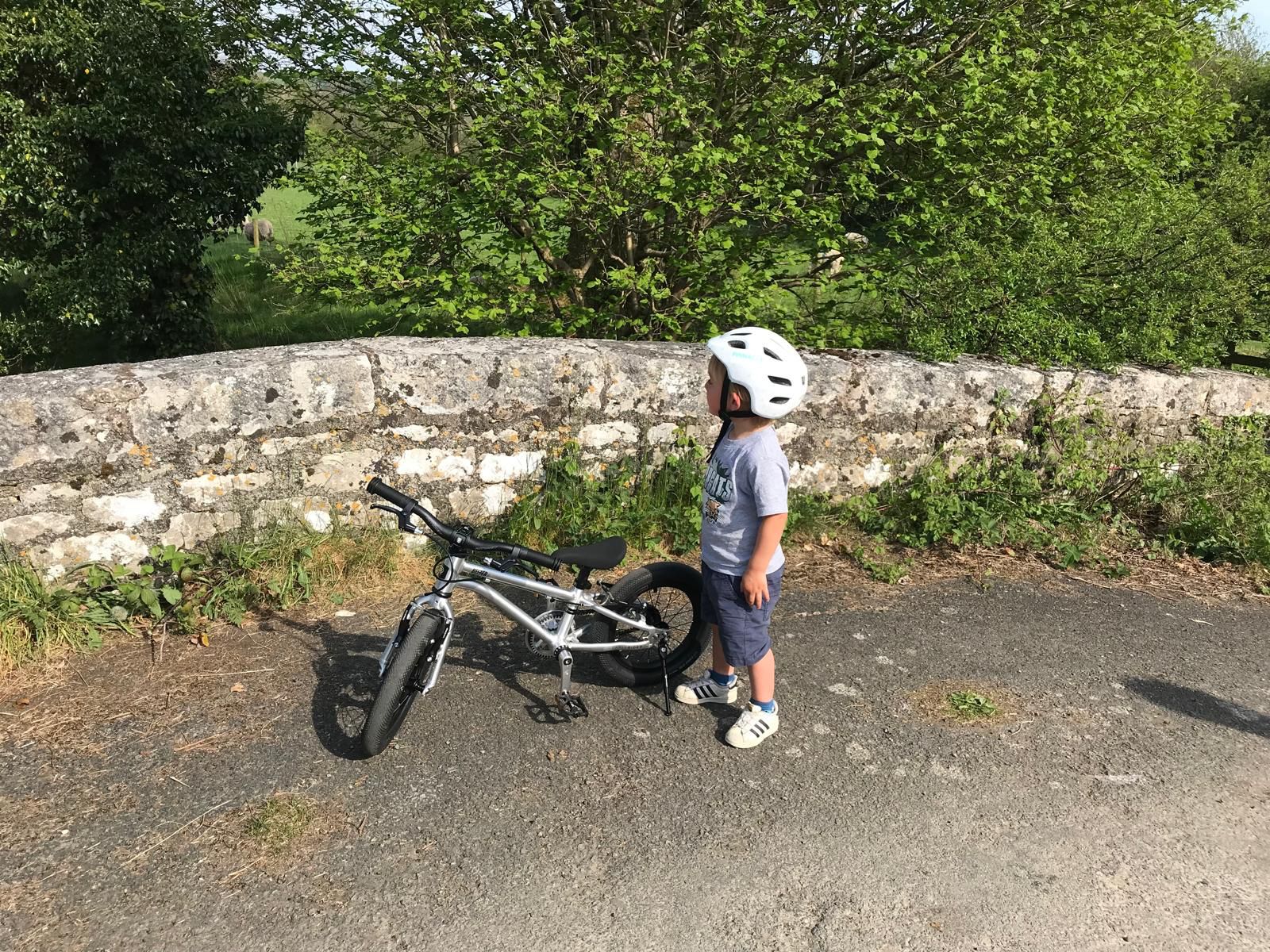 Early Rider Belter 14 review: A premium first pedal bike to inspire little cyclists
Early Rider Belter 14 review: A premium first pedal bike to inspire little cyclists
-
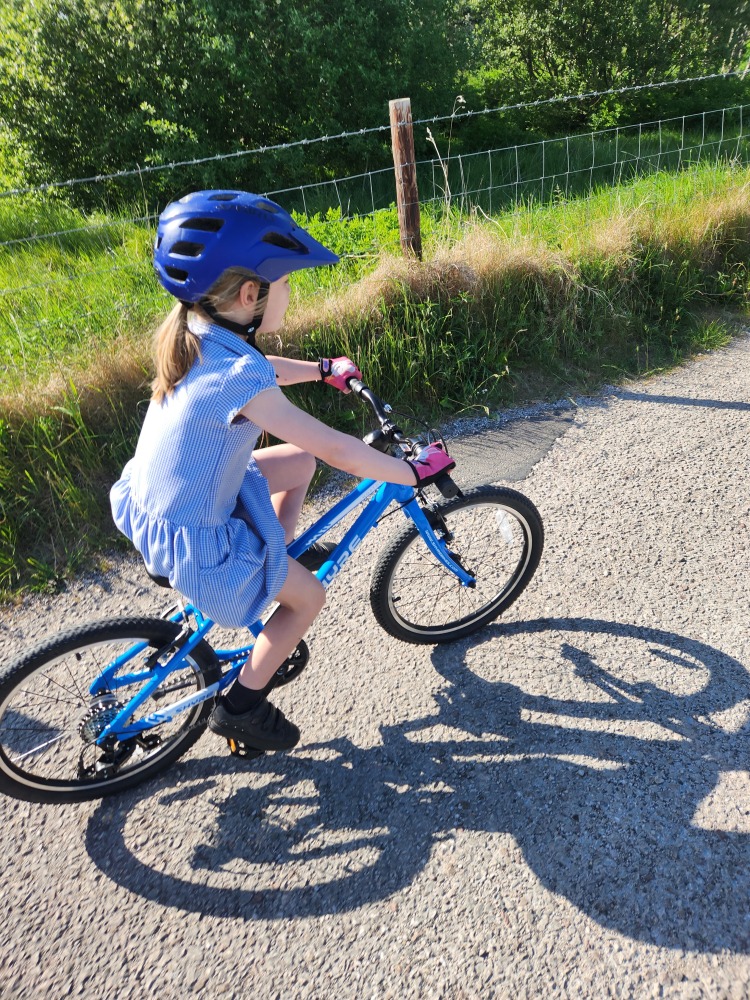 How to teach your child to ride a bike
How to teach your child to ride a bike
-
 SPARKY kids helmet: making safety fun, one ride at a time
SPARKY kids helmet: making safety fun, one ride at a time
-
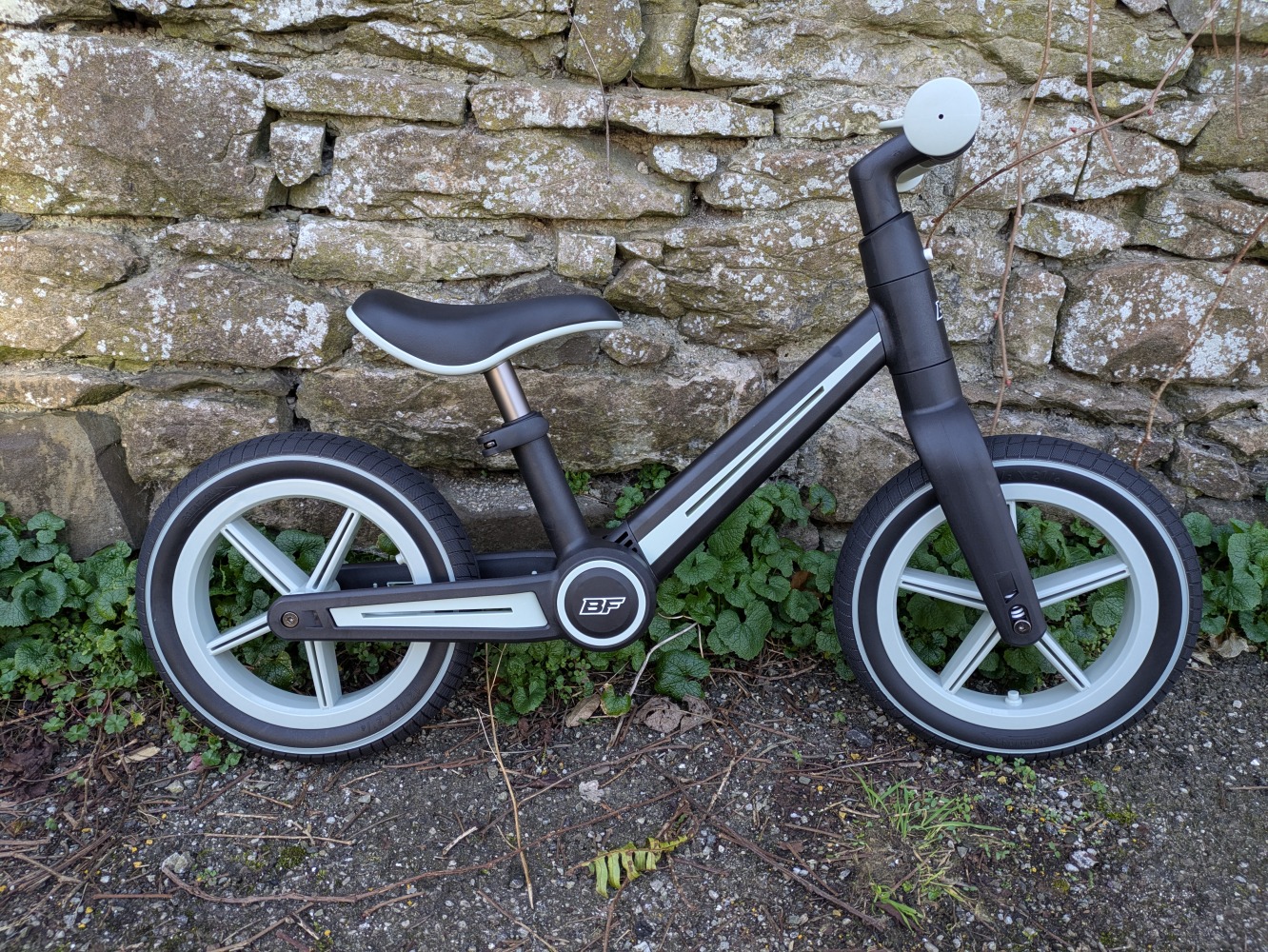 Be Fun Wheels review: A folding balance bike!
Be Fun Wheels review: A folding balance bike!
-
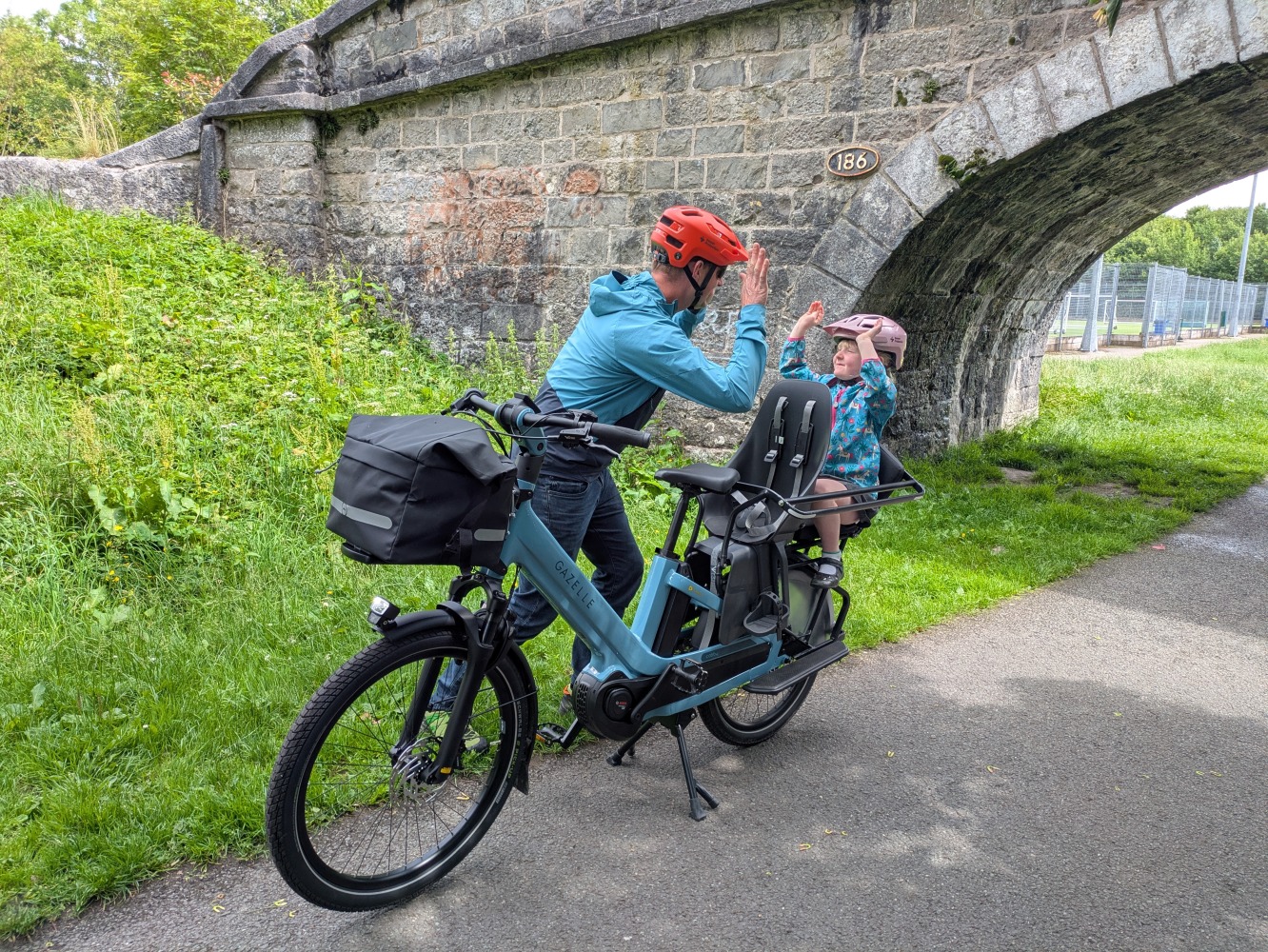 Gazelle Cabby Longtail Cargo Bike Review
Gazelle Cabby Longtail Cargo Bike Review
-
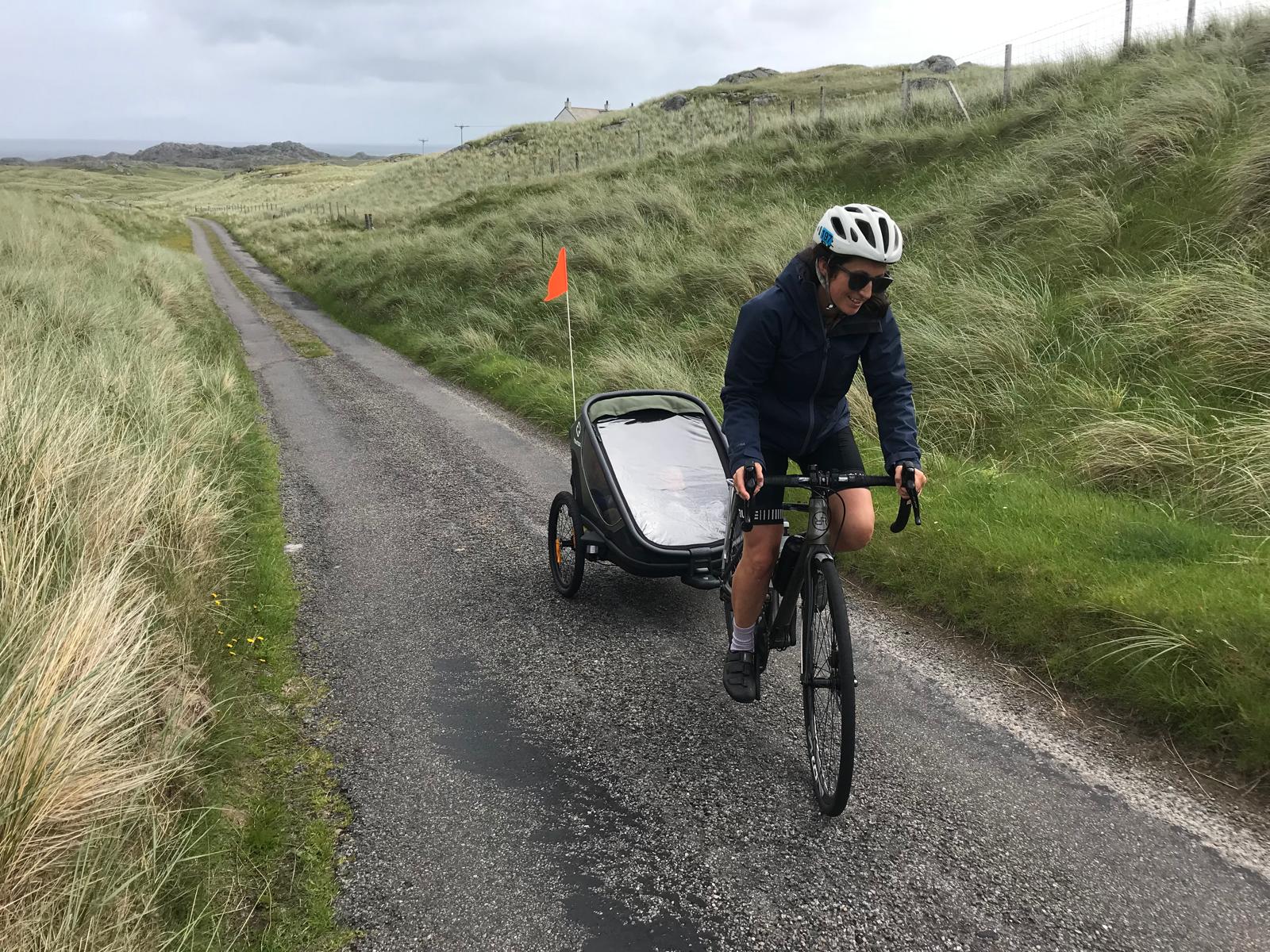 Hamax Outback Double Trailer Review: is this the best twin bike trailer?
Hamax Outback Double Trailer Review: is this the best twin bike trailer?
-
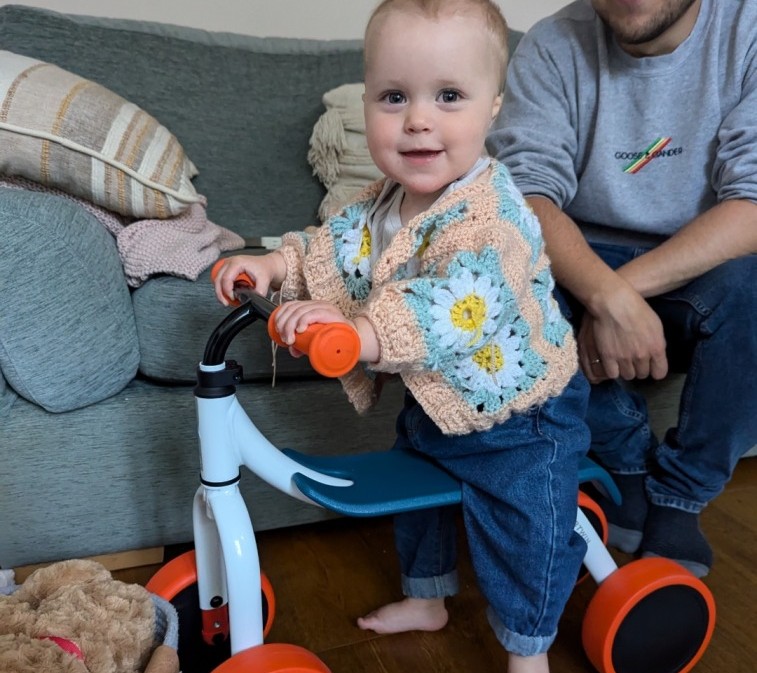 Btwin Convertible 2-in-1 Ride-On to Balance Bike review: A great option for a 1 year old?
Btwin Convertible 2-in-1 Ride-On to Balance Bike review: A great option for a 1 year old?

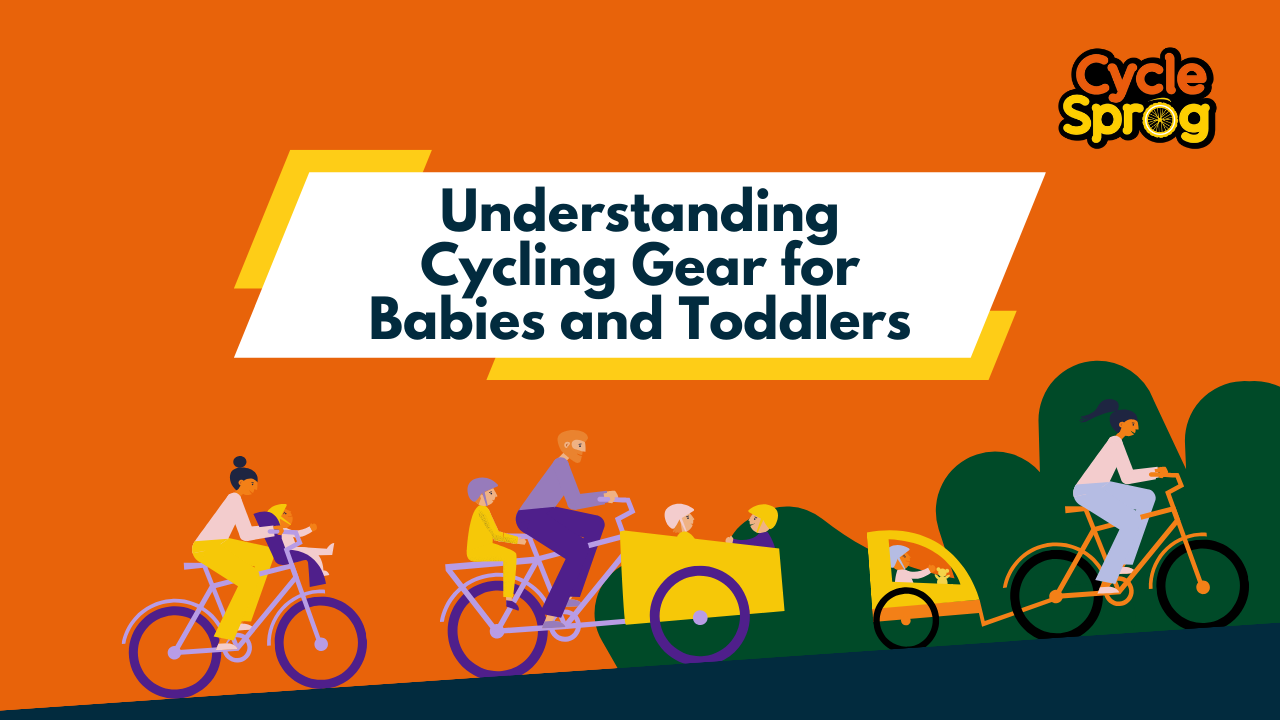

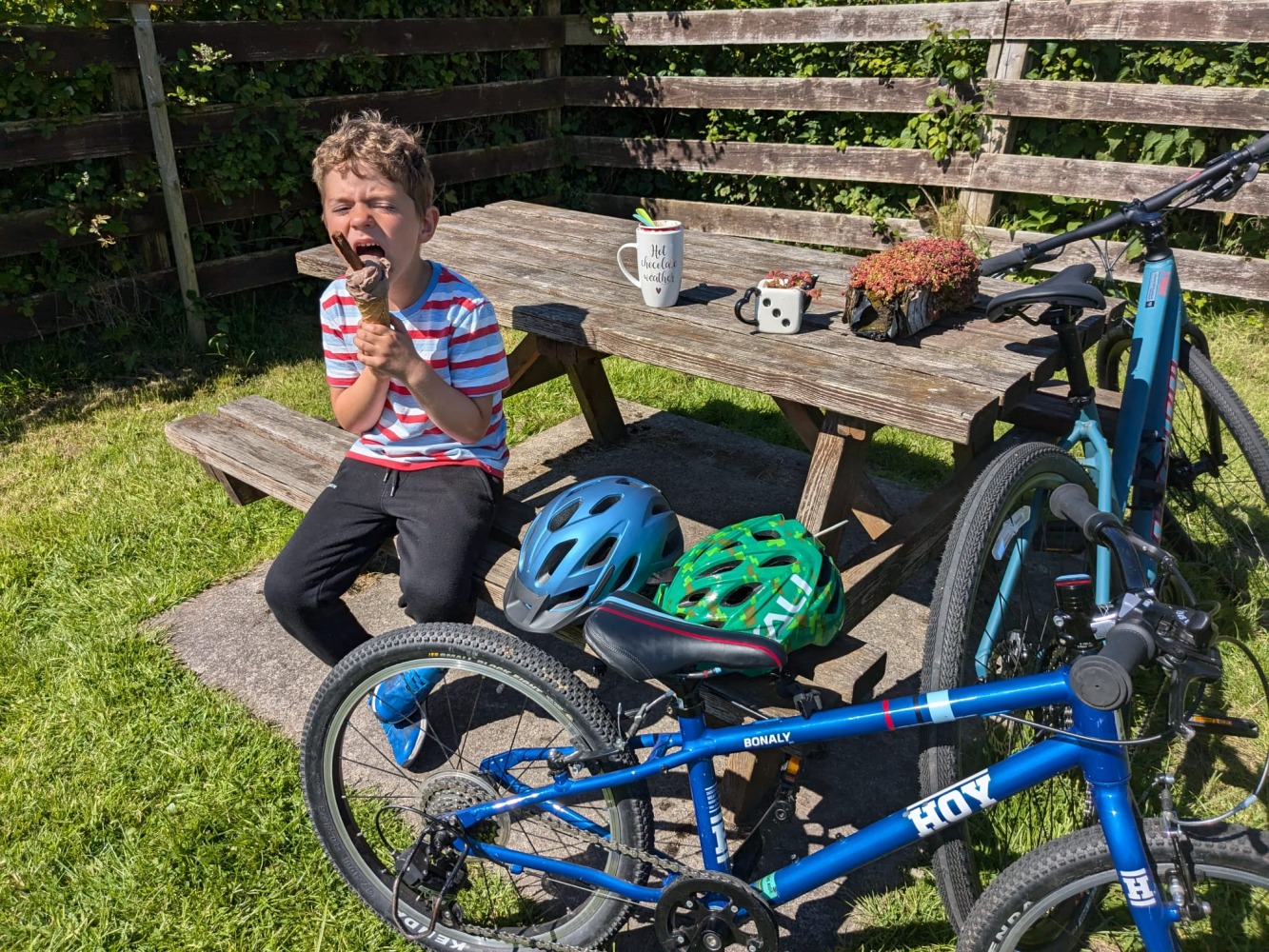

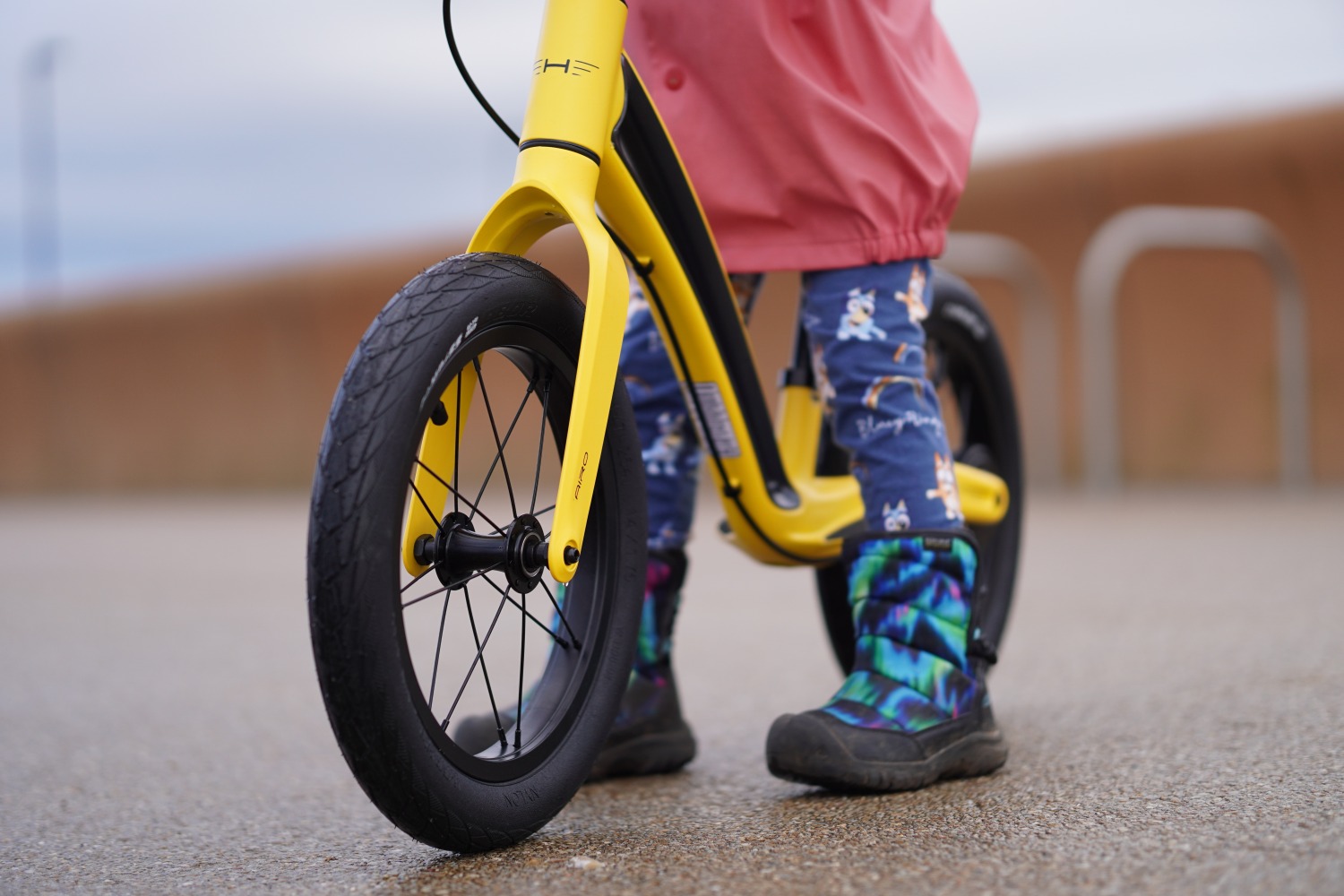


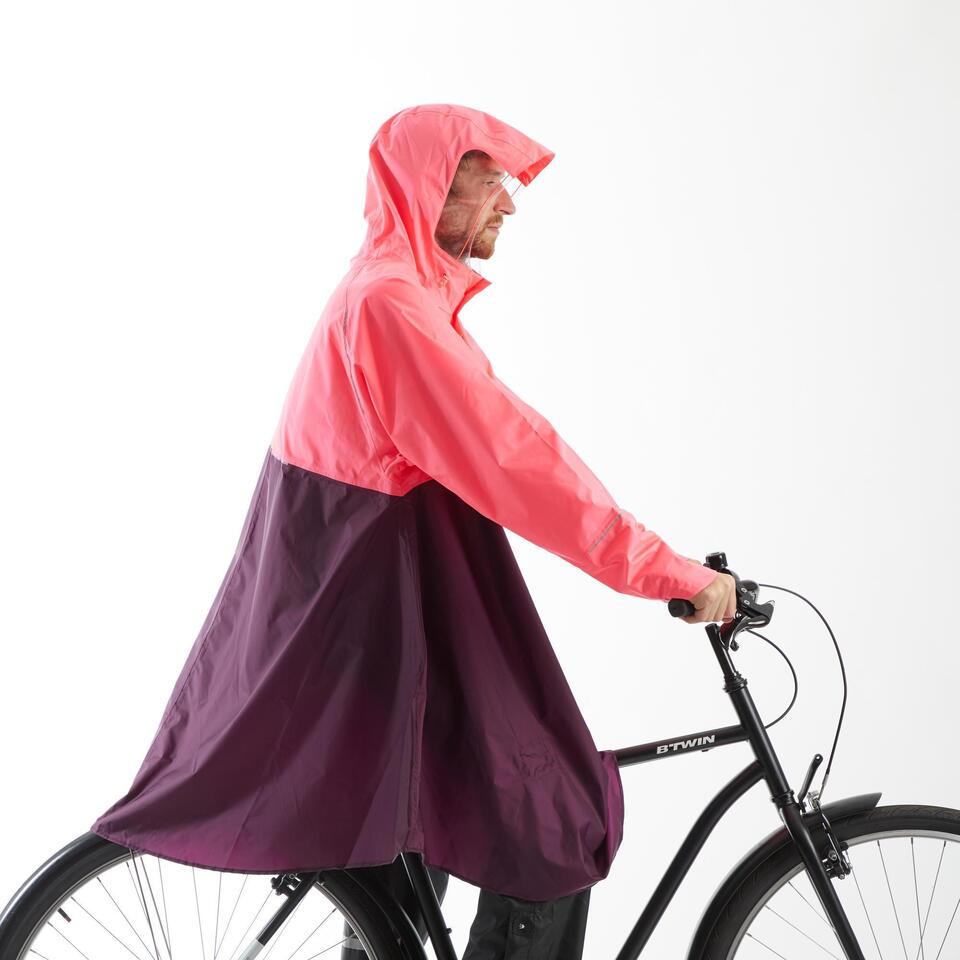
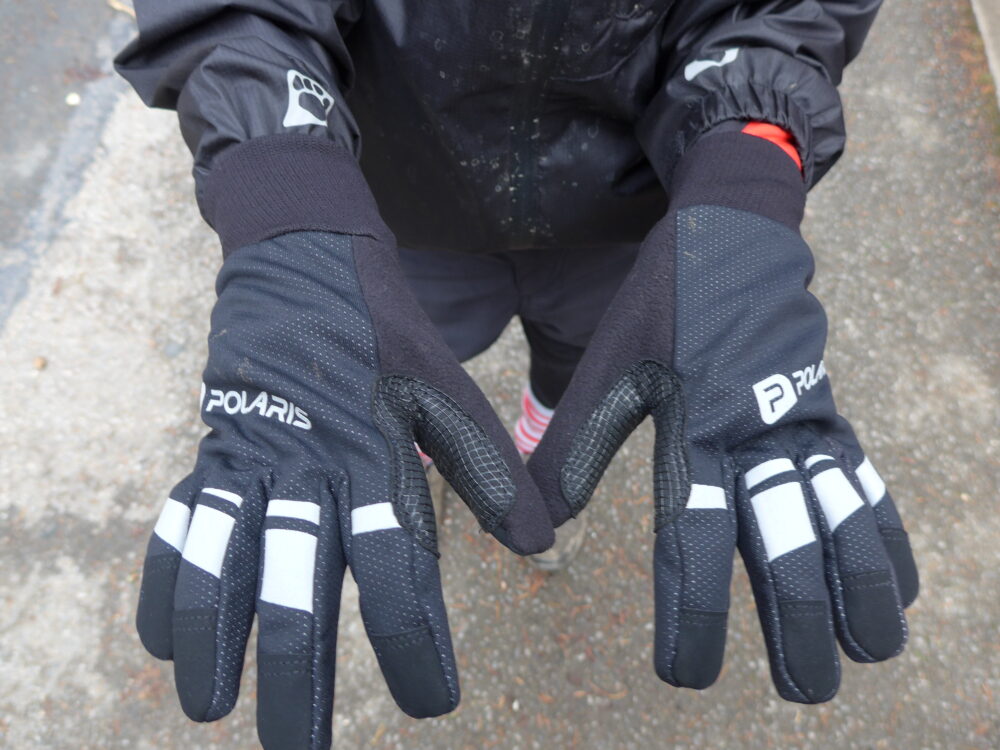
Comments